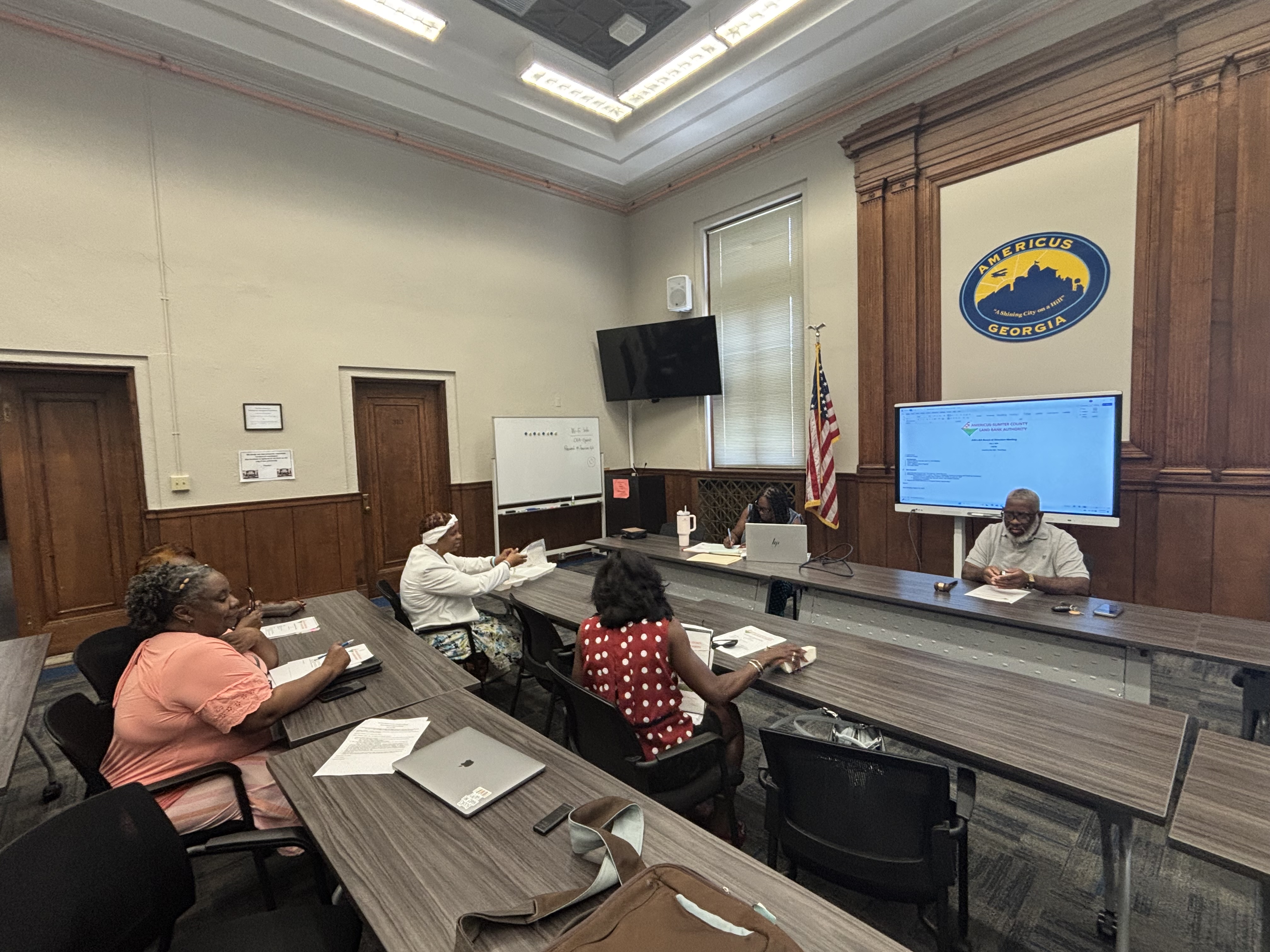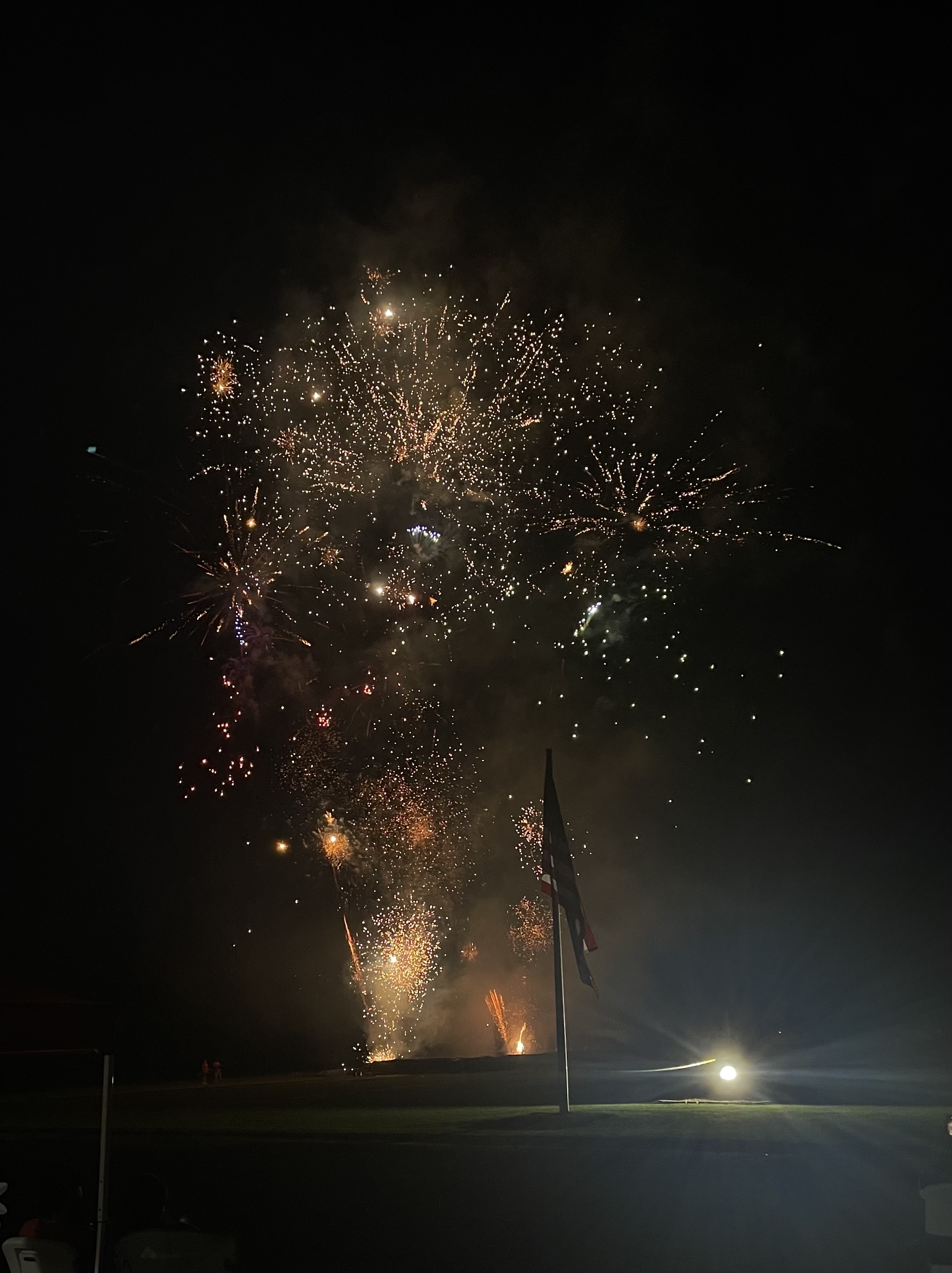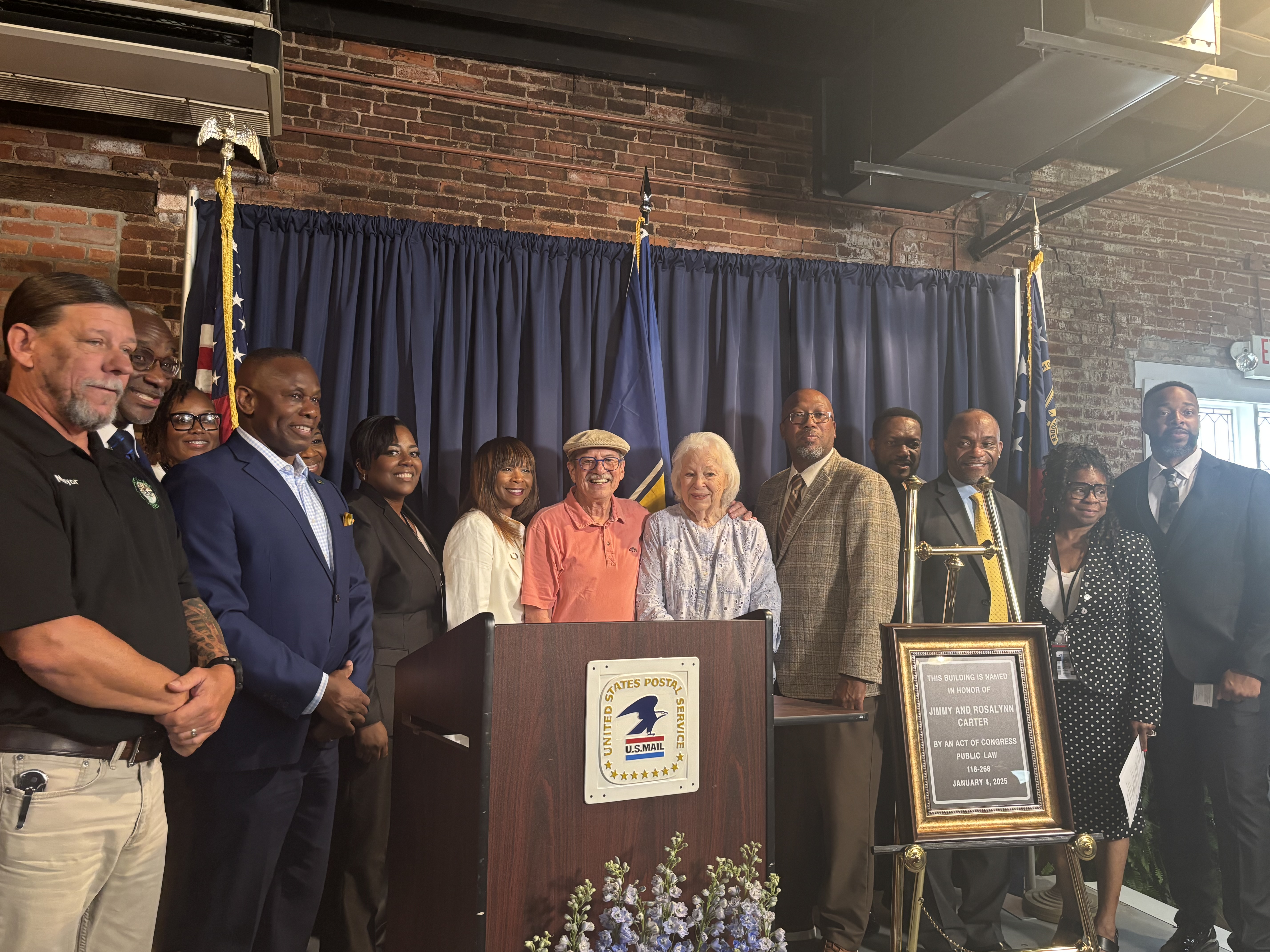The Haunting in the House of Rylander
Published 10:27 am Thursday, October 24, 2019
|
Getting your Trinity Audio player ready...
|
Story By: Evan Kutzler
Photo’s by: Patrick Rios
In the early fall of 1973, Rosalynn Carter led Jacqueline Cook, a writer with the Atlanta Journal and Constitution Magazine, through the haunted house of Plains. The house, built in the 1850s by African Americans enslaved to Matthew Rylander, had already frightened generations when Jimmy and Rosalynn Carter rented it from 1956 to 1961. “I don’t know when I first heard it was haunted,” Rosalynn Carter told Cook. “Over the years, there were many bizarre occurrences, but one story I remember was that a light in the attic window was a candle kept burning by a lady so soldiers would know where to hide during the Civil War.”
Trending
The house of Rylander was already infamous. Black and white residents told Cook about a woman in a white dress who walked from Lebanon Cemetery toward the building. Other residents saw ghost dogs or a light emanating from the spring across the road. Whispering voices and loud bangs came from one bedroom in particular. I have heard these stories, too. Less than one week after moving to Plains in 2015, my new friends took me to explore the building on a Saturday night. I have had no supernatural experiences here (or, for that matter, anywhere). And yet, the house of Rylander has haunted me ever since.
The building is a simple plantation house with elements of Greek Revival architecture and a worrisome twist. There are two hidden rooms located between the first-story closets and the floor of an attic. Jack Carter, playing in the attic in the 1950s, discovered loose bricks in one of the two upstairs fireplaces. Removing the bricks enabled him to pull out the floorboards. This revealed a cavity—about the size and depth of a grave—containing a ladder and a chair. According to Cook, a second hidden room was discovered in 1973. This second room contained a Carter family treasure: a photograph of Jimmy and Rosalynn Carter on their wedding day in 1946 that had slipped through the floorboards in the attic. The once-lost photograph was trapped in the house for twelve years after the Carters moved to their present home on Woodlawn Drive.
The Rylander House, 2015.
The Troublesome Past
The Rylander place has layers of violence and trauma. This real history, including the violence of slavery and a war to preserve it, has manifested itself into a general unease attached to the landmark. In 1850, when Matthew and Sarah Rylander lived in Bibb County, Georgia, their estate included eighteen enslaved men, women, and children. In 1853, Matthew Rylander purchased more than 1,000 acres near the Plains of Dura—now shortened to Plains. He bought dozens of enslaved people and, based on a close reading of the census records, probably sold dozens more in the move from Bibb to Sumter County. In 1860, a census taker estimated Rylander’s real estate at $10,000. Rylander’s personal estate, valued at $27,000, included forty enslaved people.
Based on the decline in the Rylander’s personal wealth between 1860 and 1870, it appears that enslaved people made up about 95% of the family’s movable wealth on the eve of the Civil War. Thus, the Rylander house stood at the center of a vast investment in a slave-labor camp. At present, the names of five enslaved people—Meredith, Alex, Dicy, Jack, and Rosetta—are known.
Trending
The final year of the Civil War shattered the white Rylander household. In March 1864, fifteen months after the Emancipation Proclamation, Rylander could still not imagine a future without slavery. Upon his death, Rylander hoped to transfer half of his personal estate—twenty enslaved people, including Meredith—to his wife. His will hinted at his comfort in wielding near-absolute power over human lives. “If any of my Negroes should become unruly & difficult to control,” Rylander empowered his executors, with the consent of his wife, to sell the unruly and “supply their place by the purchase of others.” The rest of the estate would go to Rylander’s children, including John Emory and Joseph B. Rylander, both serving in the Confederate army at the time.
Matthew Rylander outlived slavery and both his sons. U.S. bullets struck them down only a few months after their father filed his will. While Joseph B. never married, John Emory’s death left Anne Mathis Rylander to raise four children alone. Yet the family recovered. In 1916, Walter Rylander built an automobile dealership that now serves as Habitat for Humanity International’s headquarters. Walter Rylander then built the theater that bears his family name. Emma Rylander Lane published the first “Lane Cake” recipe in Some Good Things to Eat in 1898. Her cake became famous in the twentieth century as a boozy southern desert, including multiple references in Harper Lee’s To Kill a Mockingbird (1955). Yet Emma Lane did not enjoy the fame for long. In 1904, she died suddenly of pneumonia in Cannanes, Mexico, just 47-years old.
Emma Lane’s death was one of several tragedies—too many to fully list here—that befell the Rylander family in the decades after Civil War. Some of these events took place inside the 1850s building. When Matthew Rylander died in 1880, he left behind a strained household. Sarah, his 56-year-old wife, had to care for a 16-year-old daughter and two grandchildren. Their father had died in the Confederate army. Their mother remarried and, apparently, sent two of the four children from her first marriage to live with their grandparents.
The central hallway, 2015.
One month later, Sarah’s 30-year-old daughter, Eunice, also died at the home. “The shaft which cut her useful and happy life short [and] sped with unerring aim and without almost a moment’s warning,” the Sumter Weekly Republican reported, “robbed a husband of a tender and devoted wife, the children of a loving mother, and brought to an aged mother, and sisters, another great sorrow.” Death hung over the house like a pall. “This grim visitor from whom we all shrink,” the paper continued, “entered the happy household so noiselessly, on his errand, that his cold hand had stilled her heart forever, and placed the fatal seal on her lips ere her loved ones knew that he had claimed her for his own.”
A Haunted Reputation
By the 1930s, the children of Plains and Archery accepted the haunted house as fact. “The graveyard was bad enough,” Jimmy Carter wrote in An Hour before Daylight, “but the haunted house was much worse. There were frequent reports of a woman who could be seen through the attic windows, wearing a long white flowing dress and carrying a candle, apparently looking for someone or something she had lost.” Jimmy Carter recalled that he and his childhood friends, black and white, bypassed the building by walking down the railroad instead of the highway. Rosalynn Smith, too, in traveling to visit Ruth Carter, avoided the house by walking through the woods on the north side of highway. The haunted Rylander property played an oversized role in both Jimmy and Rosalynn Carter’s memories of childhood.
Local stories of the haunted house often reference, if obliquely, the Civil War Era trauma. One historical explanation for the hidden rooms and the woman in the window has to do with the Underground Railroad. It is possible that the unfinished attic served as a living space for African Americans enslaved by the Rylander family. If the cavities existed in the 1850s and 60s (I’m skeptical), they may have been useful in resisting enslavement in one way or another. The Rylander family, which made its fortune buying, exploiting, and selling African Americans, would not have simultaneously supported self-emancipating fugitives. Another explanation contends that the family helped escaping prisoners of war. Here again, it is possible that black southerners, who assisted escaping Union prisoners elsewhere, used the architecture of the house to undermine the Confederacy. That the white Rylander family played any role goes beyond a reasonable historical imagination.
One of two “hidden” rooms, 2015.
The old Rylander property would be historic without its haunted tales. As one of the early plantations, the house of Rylander exemplifies the death of King Cotton and slavery. That Jimmy and Rosalynn Carter lived in this house when he entered public service on the Sumter County Board of Education makes it significant to his rise in politics.
Studying the haunted house is also a lesson in public history. Local communities, even more than professional historians, have the power to decide what makes a place significant. According to residents, including the Carters, the Rylander house matters because of its haunted tradition. This reputation has helped its preservation. When the Plains Better Hometown Program purchased the property in 2008, the roof had failed and the building was in rapid decline. The community rallied to stabilize not the “Rylander house” or the “Jimmy Carter Interim Home” but their “haunted house.”









